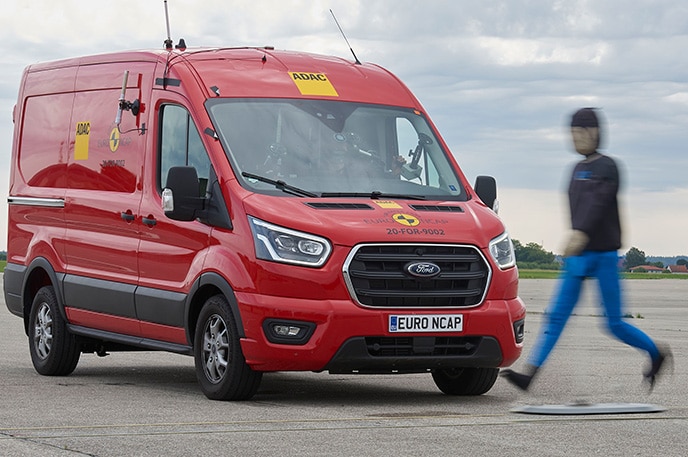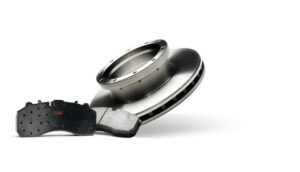Sign up for our weekly email to stay on top of the latest news and insights!
Source: Euro NCAP announcement
LEUVEN, Belgium – Under new criteria that prioritize crash avoidance and driver assistance systems, 14 commercial vans qualify for an award by Euro NCAP. Nineteen vans, covering 98 percent of last year’s European sales, were tested in accordance with Euro NCAP 2018 Safety Assist protocols, that include AEB, Lane Support, Speed Assistance and Occupant State Monitoring.
The new ratings encourage wider fitment of advanced driver-assist systems (ADAS) on commercial vans, show differences between brands in the systems’ performance and will help fleet operator and business owners to make safer choices.
Related post:
Euro NCAP Crash Tests Best in Class for 2019
For the benefit of commercial van drivers and all road users, Euro NCAP calls for:
– Standardization of safety equipment on commercial vans ahead of the General Safety Regulation which is still some years away
– Better performance of ADAS on commercial vans, to match the state-of-the-art technology fitted to cars
– Fleet operators to take responsibility for the safety of their drivers and to demand a minimum silver-level performance in Euro NCAP’s new ranking scheme when making purchasing decisions
– Greater clarity from van manufacturers, on websites and in marketing material, regarding the safety features available on their vehicles.
The worldwide pandemic and the burgeoning stay-at-home economy have resulted in a significant increase in the need for delivery vehicles. The flexibility that is offered by commercial vans makes them a preferred choice for many businesses. But, as Euro NCAP’s Secretary General, Michiel van Ratingen, pointed out,
“Commercial vans are big and heavy compared to passenger cars so, if they crash, they can do a lot of damage and cause serious injuries to others. Nowadays, active safety systems exist which can greatly reduce the likelihood of a collision with other cars, or with pedestrians or cyclists. These technologies are already commonplace on passenger cars but much less widespread on vans. Given the millions of vans on Europe’s roads, increasing the active safety systems fitted to commercial vehicles is key to improving safety for all road users.”
The type of commercial vehicles tested by Euro NCAP are designed to transport goods or equipment and weigh no more than 3.5 metric tons (N1 category). They are known also known as Light Commercial Vehicles (LCVs) and a rating system has been developed to provide a simple way to compare the performance of the safety systems available on them.
Sign up for our weekly email to stay on top of the latest news and insights!
The driver-assistance systems tested were autonomous emergency braking (AEB), with separate tests for the system’s response to other vehicles, pedestrians and cyclists; lane support, which helps to prevent the vehicle drifting out of lane; speed assistance, which helps the driver maintain a safe speed, appropriate for the road the vehicle is on; and occupant state monitoring, which can detect whether or not the van’s occupants are wearing their seatbelts and are in a fit state to drive.
An overall score was given to the tested vehicles, from which their ranking was established.
To view the entire announcement, click HERE.








